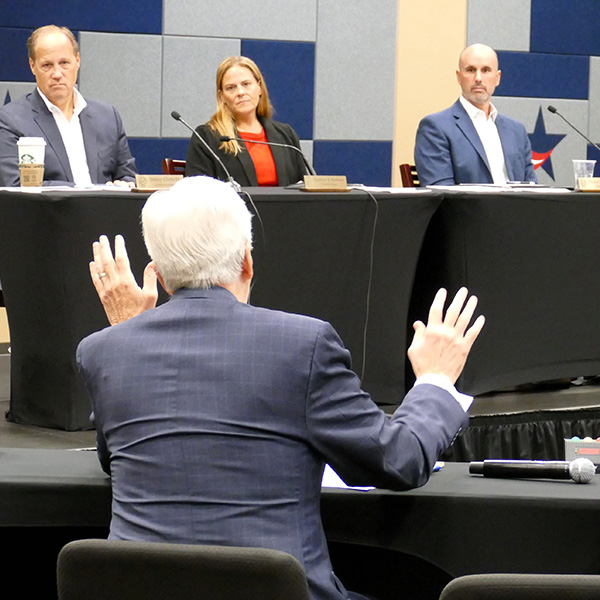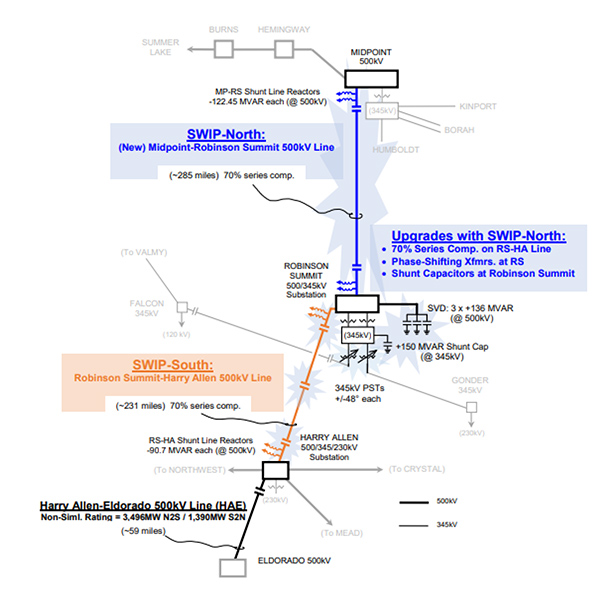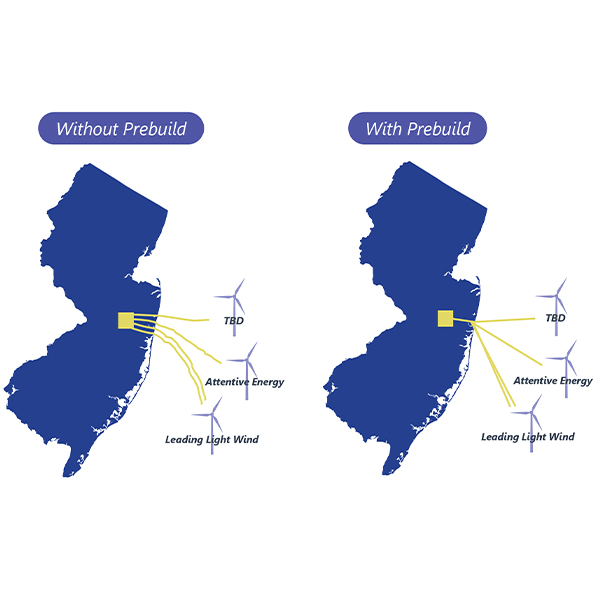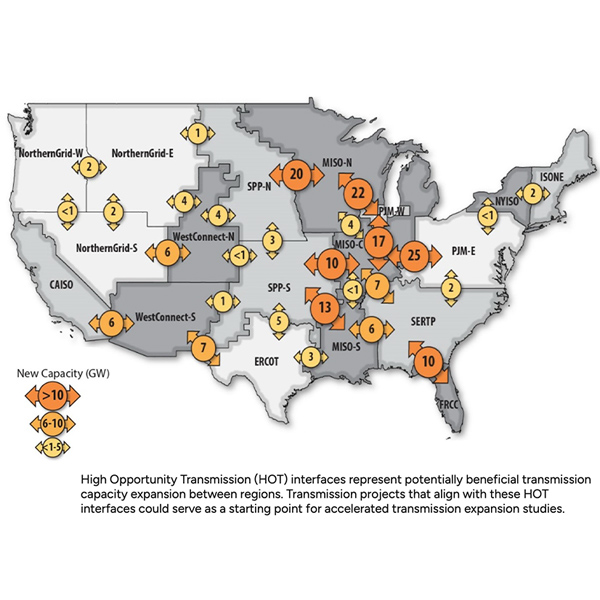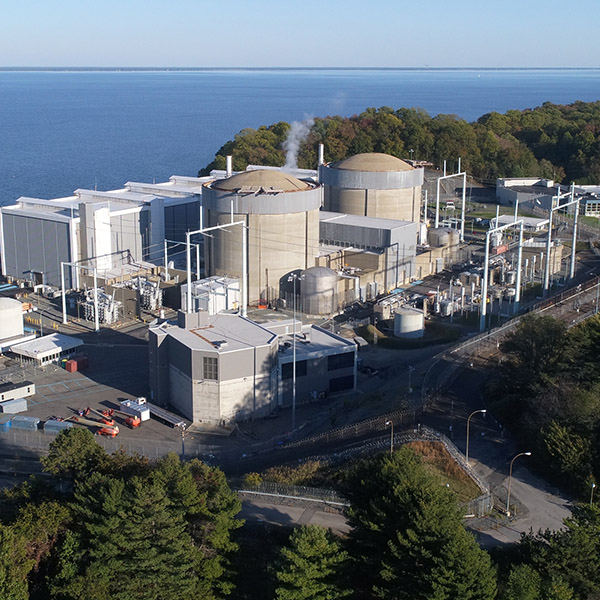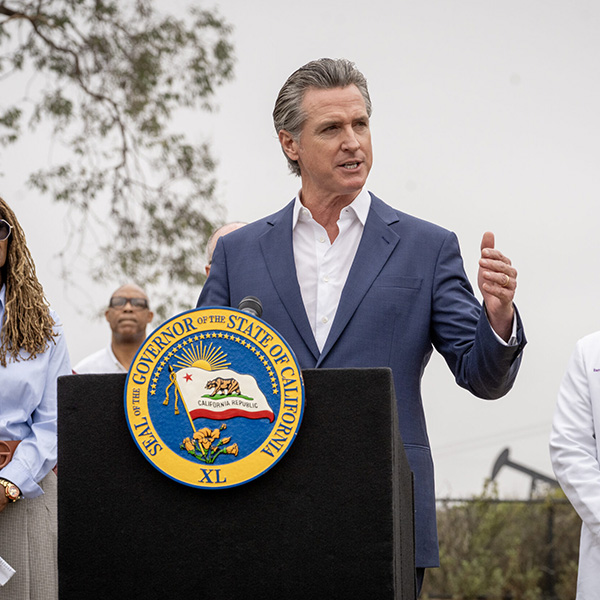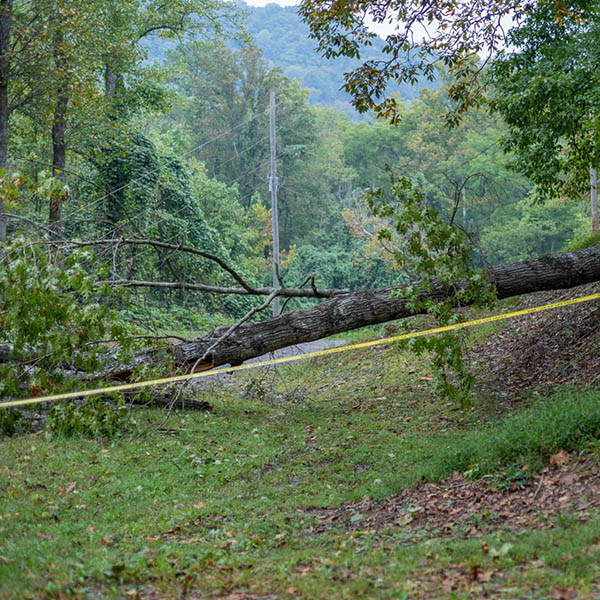Public Policy
Environmental RegulationsReliabilityState & RegionalAlabamaAlaskaArizonaArkansasCaliforniaColoradoConnecticutDelawareDistrict of ColumbiaFloridaGeorgiaHawaiiIdahoIllinoisIndianaIowaKansasKentuckyLouisianaMaineManitobaMarylandMassachusettsMichiganMinnesotaMississippiMissouriMontanaNebraskaNevadaNew HampshireNew JerseyNew MexicoNew YorkNorth CarolinaNorth DakotaOhioOklahomaOregonPennsylvaniaRhode IslandRTO-IndianaSouth CarolinaSouth DakotaTennesseeTexasUtahVermontVirginiaWashingtonWest VirginiaWisconsinWyoming
The Texas Public Utility Commission made a rare trip out of Austin for a public hearing as it investigates CenterPoint Energy’s poor response to Hurricane Beryl in July.
The CAISO Board of Governors unanimously approved changes to the Southwest Intertie Project-North, a 285-mile, 500-kV line in Nevada that would enable access to Idaho wind resources, despite opposition from Gem State residents.
Minnesota received kudos for promoting a clean energy workforce during an EFI Foundation webinar.
With data centers, electric vehicles and population growth, electricity demand in New Jersey could soar to 15,000 GWh in the coming years, state officials said at a public hearing on a new plan for connecting offshore wind projects to the grid.
The dispute between Exelon and Constellation Energy continued to play out in FERC, as the latter and others protested a series of filings from the former’s utilities seeking to implement new rules for co-locating data centers at power plants in their territories
A proposed transmission project to relieve transmission constraints in Maine has received a major boost with the U.S. Department of Energy’s announcement of an up-to $425 million investment in the project, but challenges still remain.
The Department of Energy announced two actions to support the expansion of the transmission grid: investing up to $1.5 billion in four specific projects around the country and releasing the final National Transmission Planning Study.
Exelon on Sept. 30 filed a petition for a declaratory order from FERC on its dispute with Constellation Energy over the latter’s effort to co-locate major loads at two of its nuclear plants.
The bills signed by the California governor cover rules around transmission approval, GETs, grid reliability standards and bi-directional EV charging.
While most customers have seen their power restored since Hurricane Helene hit, some of the hardest hit and most remote customers could wait weeks to get their lights back.
Want more? Advanced Search
